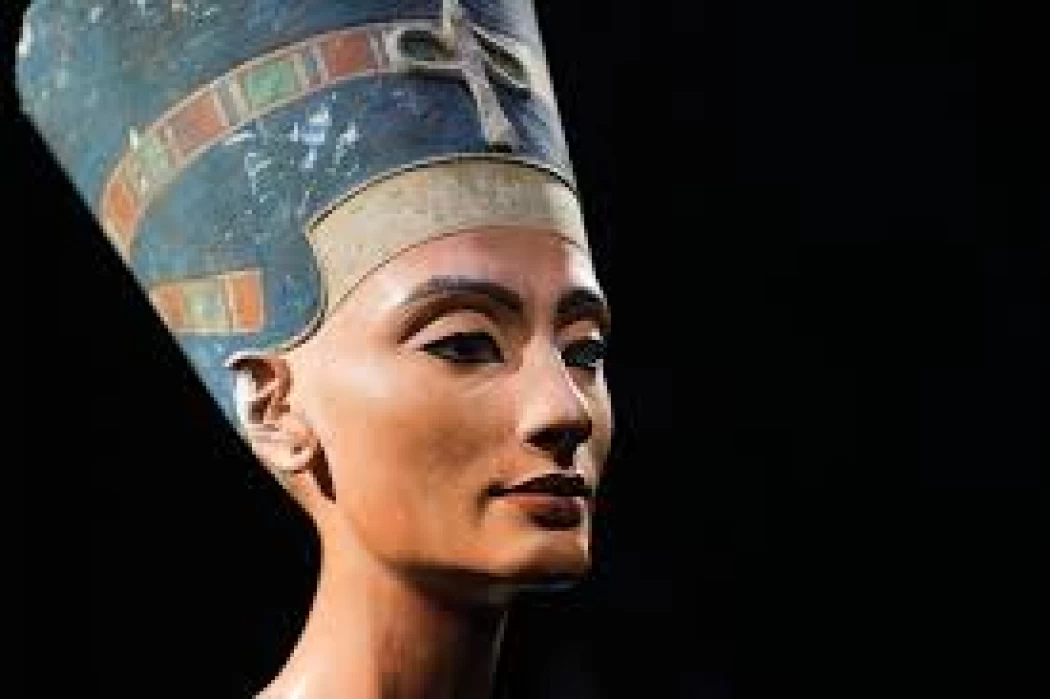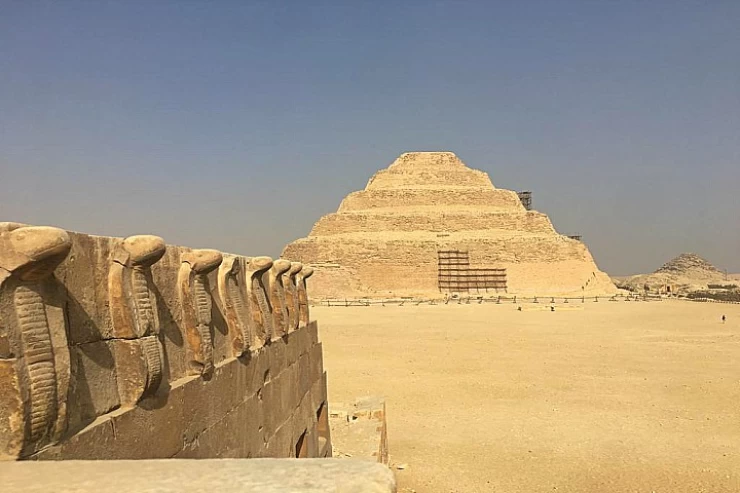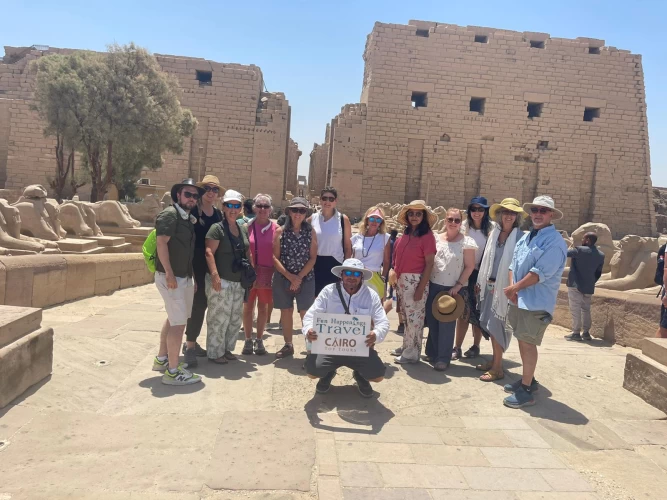
Queen Nefertiti
Queen Nefertiti
Nefertiti, the wife of King Akhenaten is undoubtedly one of the most fascinating figures of the New Kingdom and of all Egyptian history. Much has been said about Nefertiti's beauty, and its origins, and recently some have even questioned the authenticity of the famous portrait.
In the fifth year of his reign, Amenhotep IV changed his name to Akhenaten, removed the religious traditions of Egypt, closed the temples, and declared Aten the one true god. While it is possible he created monotheism out of a true religious belief, it is more probable that they stopped the power and wealth of the priests of the god Amun, whose cult was extremely popular.
The famous bust of Nefertiti exhibited at the Berlin Museum is a small sculpture fifty centimeters high. It was founded in Amarna, on December 6, 1912, by a German team led by Ludwig Borchardt.
This fascinating masterpiece, in reality, is only an unfinished model, half left by the craftsman when he left for Thebes. The very particular crown worn by Nefertiti allows it to be identified with certainty. The elegance of the neck, the purity of the face, and the sweetness and serenity of the expression testify to the skill of the sculptor, and the beauty of the queen.
Nefertiti was the perfect person to spearhead her husband's planned religious revolution because she was a devout devotee of Aten, the Egyptian god of the solar disk. She rose to become one of the most potent pharaohs in the history of the empire rather quickly.
One of the most ruthless and enigmatic Egyptian queens in ancient Egypt was Queen Nefertiti. She was a monarch and Akhenaten's Great Royal Wife. More often than any other queen in Egyptian history, Nefertiti is portrayed side by side with her husband in wall paintings found inside tombs and temples.
Latest Articles
Admin
Seabourn Sojourn Cruise Stops in Safaga Port
The Seabourn Sojourn, the flagship vessel of Seabourn Cruise Line's ultra-luxury fleet, was built in 2008 at the T. Mariotti shipyard in Genoa, Italy. Measuring 198 metres, it can accommodate up to 450 guests in its 225 spacious all-suite staterooms.
Admin
Norwegian Sky Cruise Stops in Safaga Port
Norwegian Cruise Line operates a cruise ship called the Norwegian Sky. It was constructed in 1999 and can accommodate 2,004 passengers in addition to 878 crew members. The ship has several dining establishments, lounges and bars, a spa and fitness center, swimming pools, and a number of entertainment areas.
Admin
Explora II Cruise Stops in Safaga Port
Explora II, the second vessel in the Explora Journeys fleet, sets sail in 2024 to redefine luxury cruising. With 461 ocean-front suites, 9 culinary experiences, and 4 pools, this haven of sophistication and sustainability promises an unforgettable "Ocean State of Mind" journey to inspiring destinations.
Admin
Mein Schiff 6 Cruise Stops in Safaga Port
The Mein Schiff 6 is the latest cruise ship in the renowned TUI Cruises fleet, offering passengers a luxurious and sophisticated cruise experience. At 315 metres long, this floating resort features a range of dining options, entertainment, and recreational facilities, including a spa, fitness centre, and sports amenities.
Admin
Mein Schiff 4 Cruise Stops in Safaga Port
When the Mein Schiff 4 cruise ship docks in Safaga, Egypt, passengers are granted access to a realm of ancient wonders. Aboard this state-of-the-art vessel, guests can embark on meticulously curated shore excursions that showcase the region's most iconic landmarks, including the Giza Pyramids, the enigmatic Sphinx, and the remarkable tombs and temples of the Valley of the Kings in Luxor.
Admin
MS Europa Cruise Stops in Safaga Port
The Silver Moon, Silversea's latest flagship, is a luxury cruise ship that offers an exceptional travel experience for Venezuelans exploring Egypt. With a capacity of 596 guests and an impressive 40,700 gross tonnes, the Silver Moon maintains the small-ship intimacy and spacious all-suite accommodations that are the hallmarks of the Silversea brand.
















